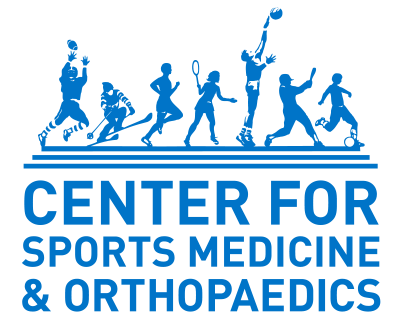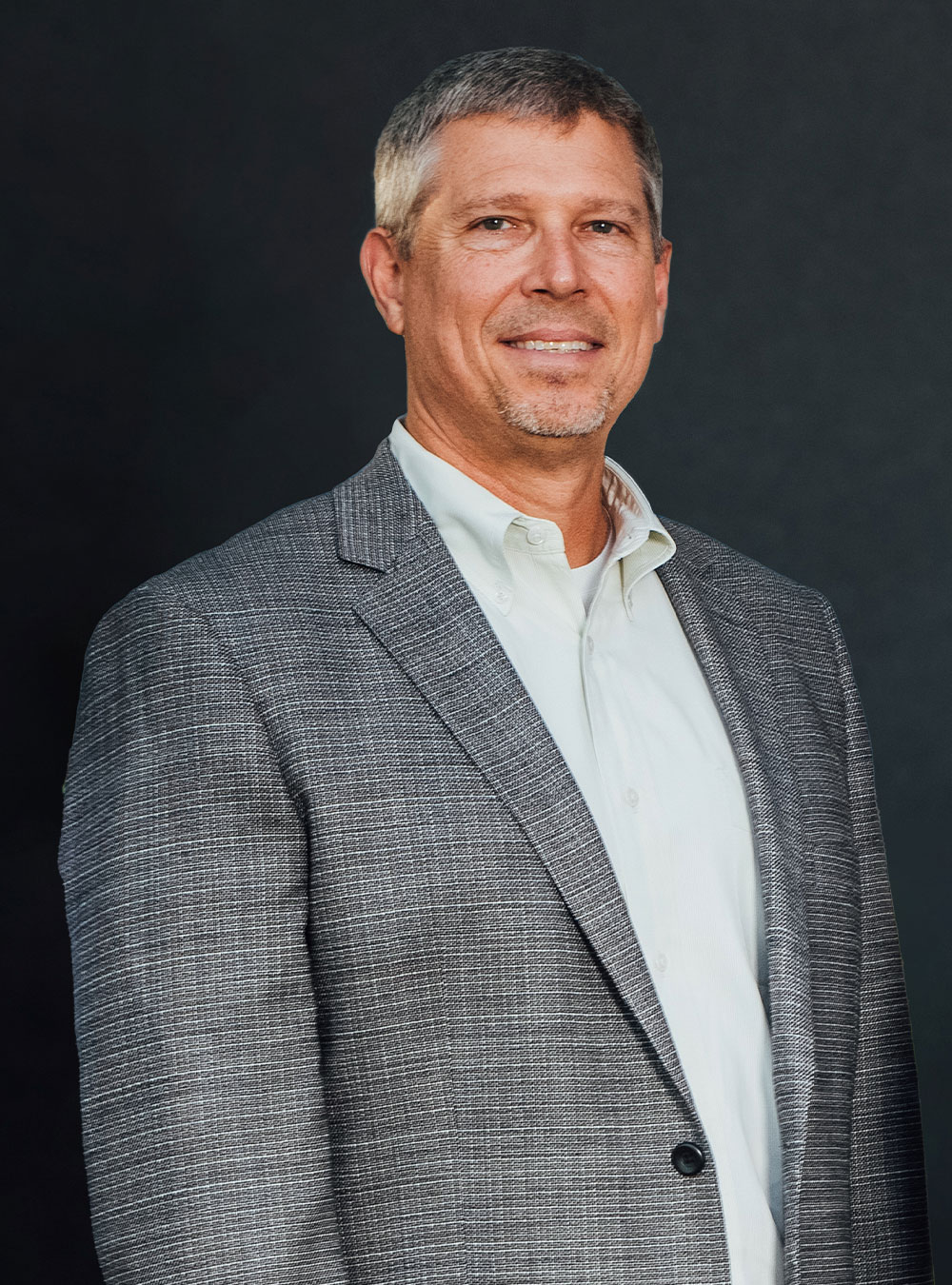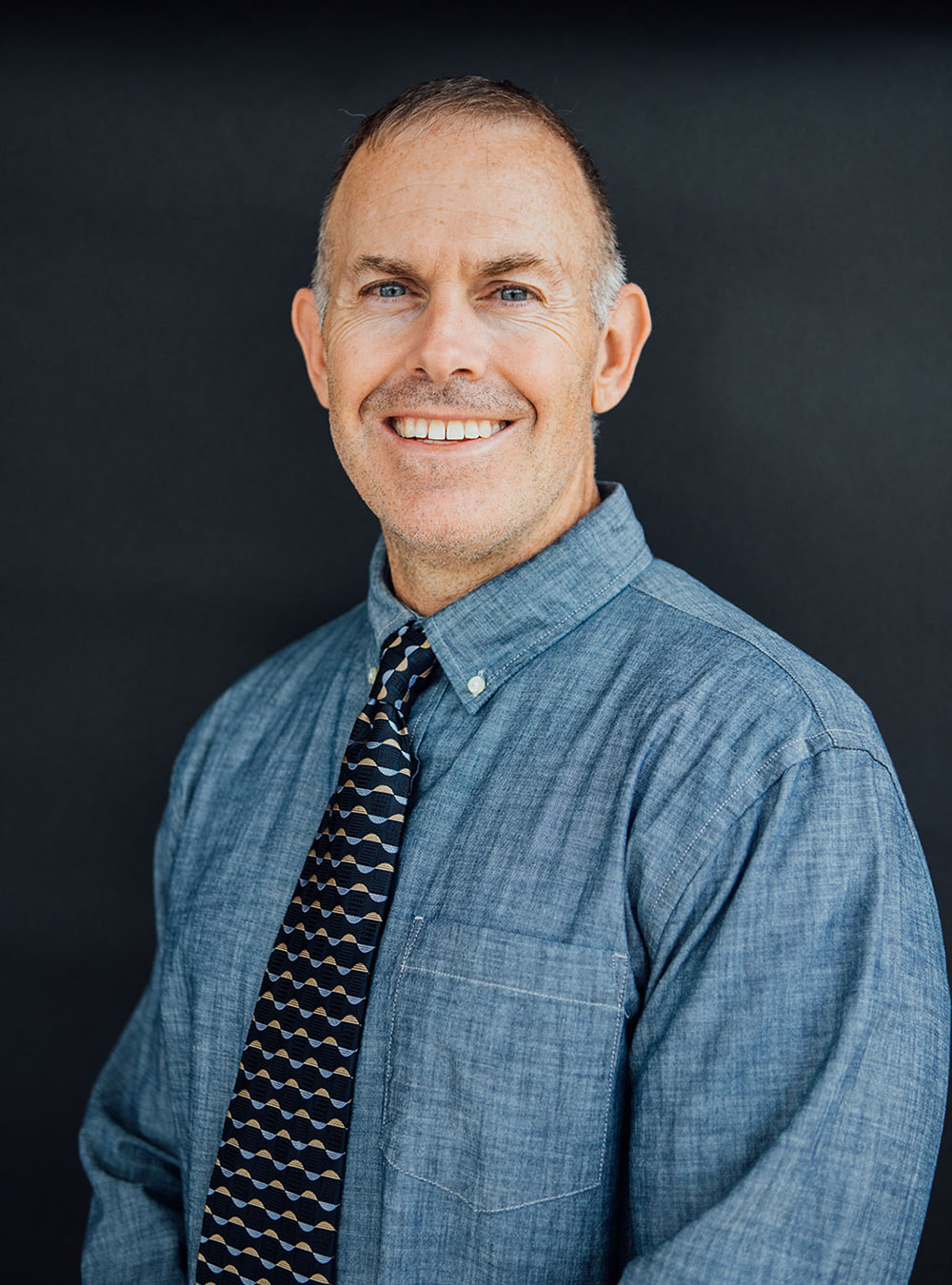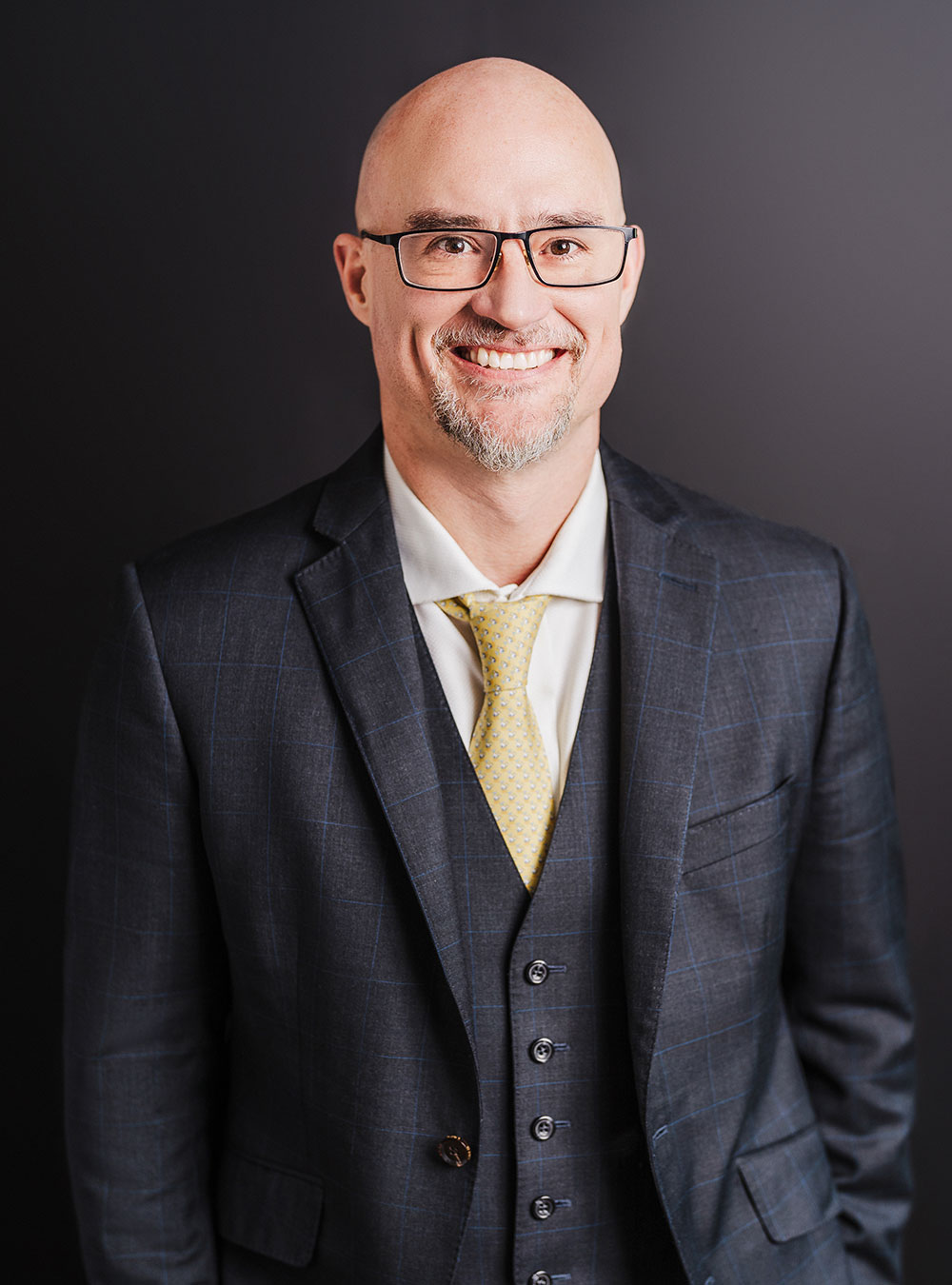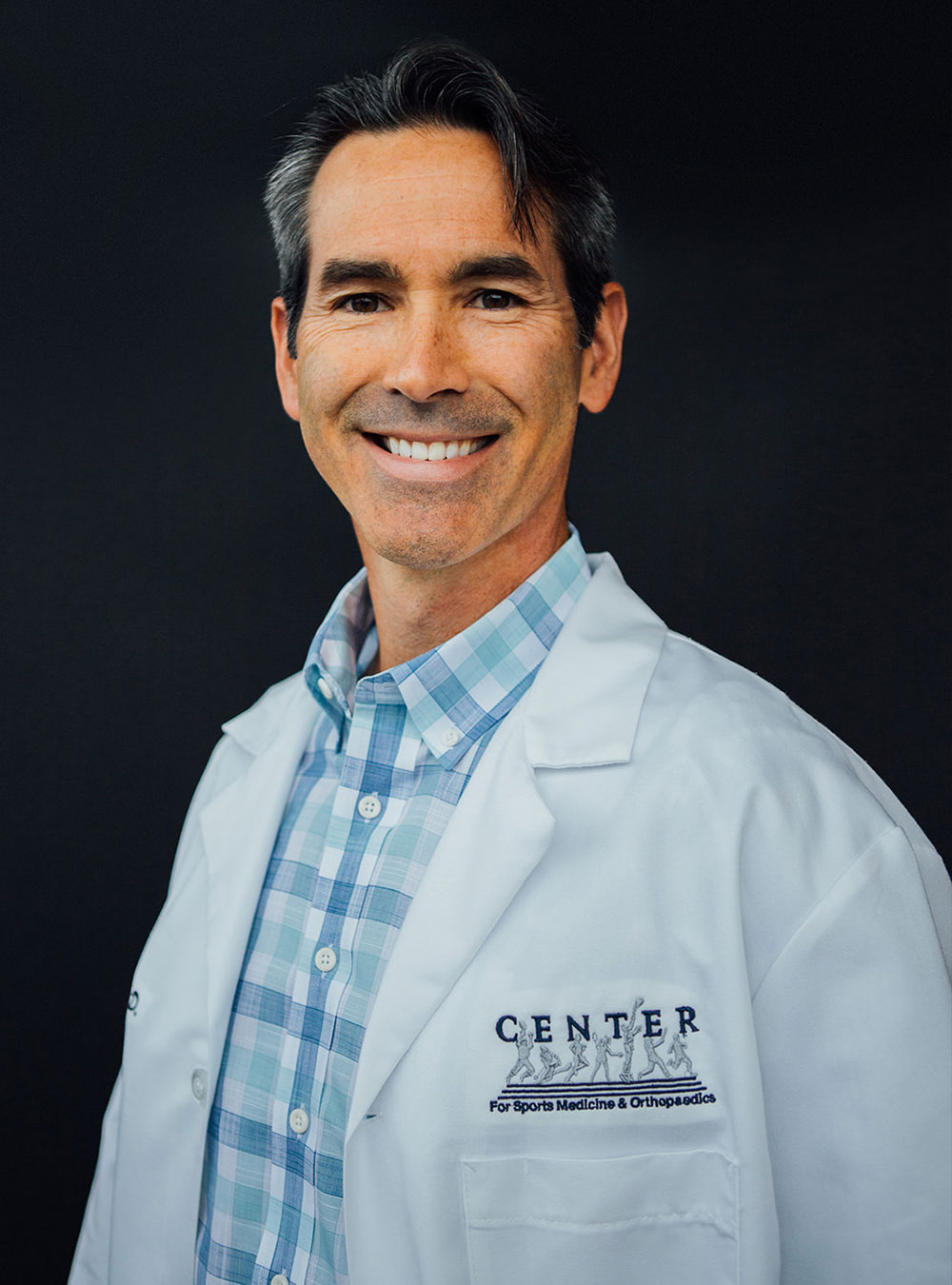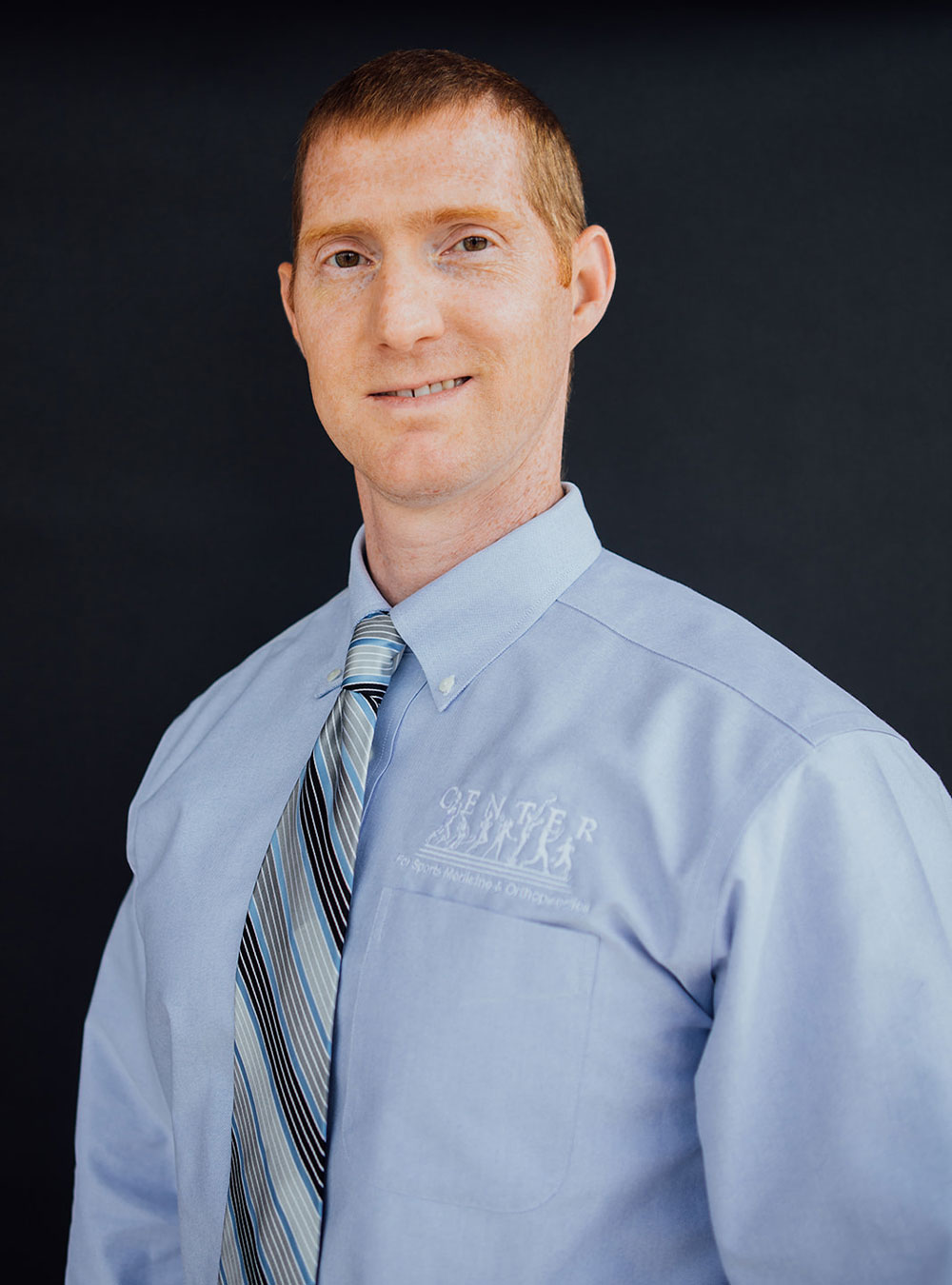Shoulder Arthroscopy at Center for Sports Medicine and Orthopaedics
Ongoing shoulder pain can be a major detriment to quality of life, but relief is attainable. If you suffer from shoulder pain that persists even after non-surgical forms of treatment – anti-inflammatory medications, physical therapy and joint injections – you might be a good candidate for shoulder arthroscopy. This is a minimally-invasive surgery used to assess – and often treat – a variety of joint issues, specifically those pertaining to the shoulder.
What is Shoulder Arthroscopy?
Shoulder arthroscopy is a minimally-invasive outpatient procedure used to diagnose and treat a range of shoulder problems. Sometimes referred to as keyhole surgery, arthroscopy is performed through a series of small incisions and with a pen-sized tool called an arthroscope. This instrument features a light and a small camera that projects imagery to a large screen where your orthopaedic surgeon can assess damage to the shoulder joint and sometimes even treat issues then and there.
Shoulder Injuries Treated with Arthroscopy
The second most common orthopaedic surgery, shoulder arthroscopy is often used to treat many different kinds of shoulder ailments. Injuries and issues that may call for this procedure include:
- Biceps Tendon Injuries
- Frozen Shoulder
- Bone Spurs
- Labrum Tears
- Rotator Cuff Tears
- Rotator Cuff Tendonitis
- Osteoarthritis
- Shoulder Impingement Syndrome
- Loose or Dislocated Shoulder
If you suffer from any of these conditions, you might be a good candidate for shoulder arthroscopy.
Benefits of Arthroscopic Shoulder Surgery
When you’ve been dealing with shoulder pain long term, and are ready to get relief, the less invasive the procedure, the better. Arthroscopy offers a slew of benefits that make it a great option for patients, starting with it being an outpatient procedure. Other benefits include a lesser risk of complications during surgery, as well as diminished postoperative pain after the arthroscopy is complete. Recovery after the surgery is also less intensive and less time consuming than many other types of surgical treatment. That means you can return to your normal activities much more quickly.
What to Expect on Procedure Day
General anesthesia will be administered right before your surgery, so you’ll be completely asleep during the procedure. The surgery itself generally takes one to two hours to complete depending on the extent of the damage. When your surgeon completes the arthroscopic procedure, the surgical instruments are removed from the joint and the small incisions are closed with dissolvable stitches.
Immediately following your surgery, you’re transferred to a recovery room for monitoring. Then as soon as the surgical team determines it’s safe, you’re discharged to recover in the comfort of your own home. Even though arthroscopic surgery is minimally invasive, you will still need someone to drive you home!
Postoperative Care & Recovery
Postoperative care and rehabilitation will be a crucial part of your recovery, and can play a big role in the overall success of your shoulder arthroscopy. Post-procedure physical therapy and in-home exercises help to prevent the formation of excess scar tissue and eliminate stiffness in the shoulder as it heals.
Your surgeon will help determine a plan for physical therapy specific to you and your body, and your progress will be closely monitored by your physical therapy team and surgeon. Every person is different, but the majority of patients are able to return to their usual recreational activities as soon as three or four months after arthroscopic surgery.
Work with CSMO
Are you ready to find relief for your shoulder pain? Our experienced team at CSMO is here to help you with a custom treatment plan tailored to your specific needs. Reach out to our helpful team today!
